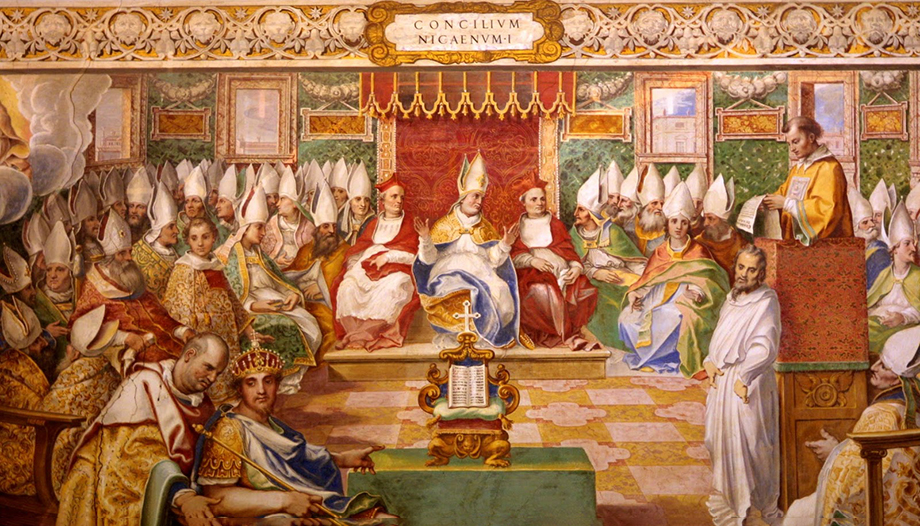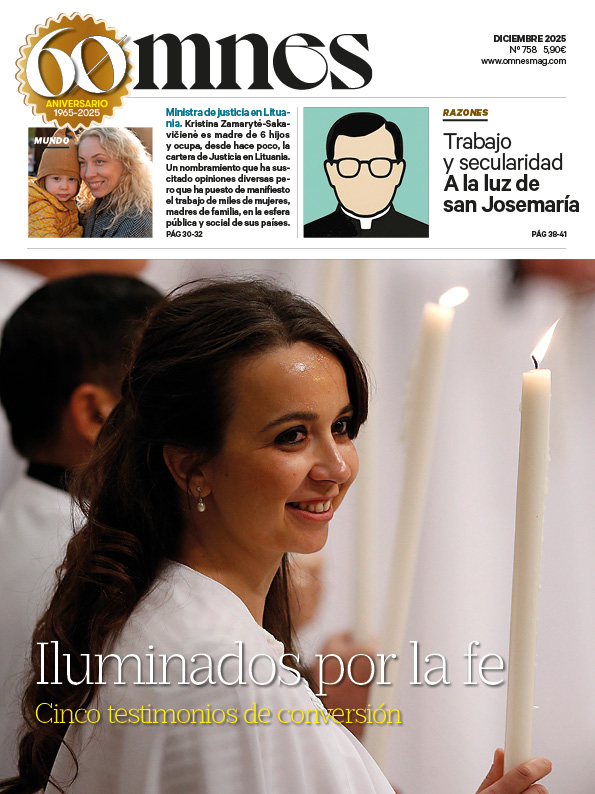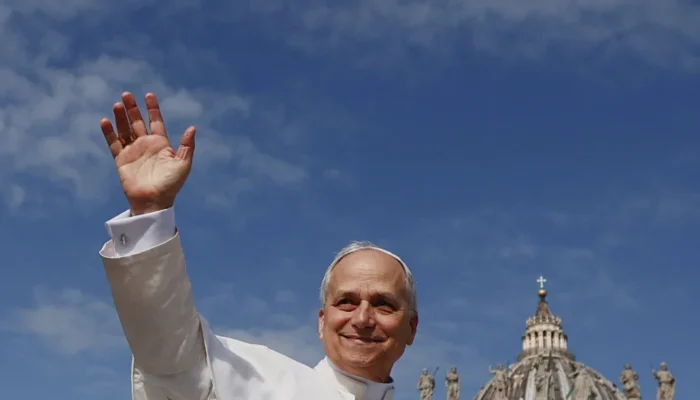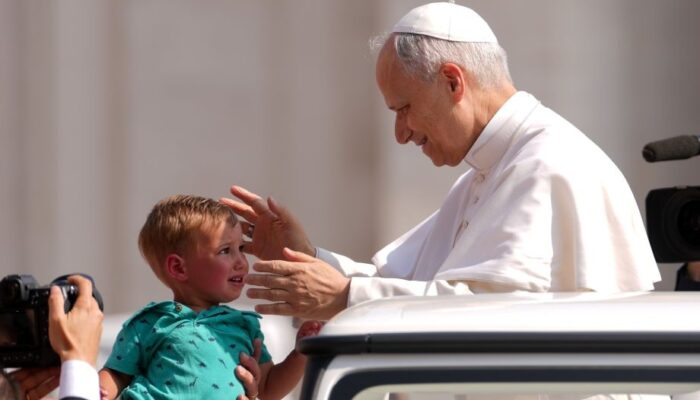We are approaching the millennial celebration of the famous Council of Nicaea (325), where the early Church passed its first serious test of maturity in facing one of the most important questions of Christian Revelation: the mystery of the intimate life of God, revealed, in part, with the mystery of the Holy Trinity.
Not many years had passed since the death of Origen (254), the great Father of the Eastern Church, when Arrio (260-336), a young and dynamic Alexandrian priest, songwriter and poet, began to proclaim his particular way of understanding the mystery of the Holy Trinity. This priest, a polemicist and well versed in the Scriptures, desired an explanation of the mystery of the Trinity that would be more intelligible to all, for he wished to bring the saving doctrine closer to the whole of the Christian people.
Beginning of the path
At first, Arius seemed to follow the teachings of Origen when he spoke of three persons and only one divine nature. But he began to stress the primacy of God the Father so much that he ended up affirming that he was in reality the only God, and both Jesus Christ and the Holy Spirit would not really be.
In his words, Jesus Christ would be a marvelous gift of the Father to the world and to the Church, most perfect, full of gifts, virtues and beauty, so much so that he would deserve to be God, although in reality he would be almost God.
The books, verses, songs, with which he developed his particular vision were spreading through the markets, squares and cities. To such an extent it spread that, as St. Basil recalled, "the orb woke up Arian".. It was a dramatic moment in the history of the Church, when it seemed that the true faith might be lost. A crucial moment from which, once again, the Church was saved by the intervention of the Holy Spirit.
San Basilio
St. Basil expressed the gravity of the situation in one of his sermons about the Holy Spirit. He used as a vivid image that of a naval battle, in which the truth of the Church was represented as a small boat surrounded by large ships in a stormy sea.
The solution to the problem came by the illumination of the Holy Spirit in the Christian people and in their theological heads when they remembered that Christ lives and governs the ship of his Church. The revelation, the Word of God, as the Epistle to the Hebreros is "Alive and effective as a double-edged sword that penetrates to the joints of the soul." (Hebrews 4, 12).
Christ lives in history and in the Church. We are not speaking of a crystallized dogma, but of a living person, the second of the Blessed Trinity, who appears to us in Scripture and Tradition as true God and true man. And concretely, in Nicea he appears to us as consubstantial with the Father: "The preaching of Jesus, the preaching of the first disciples, his living word, originally sowed faith in hearts, long before there was any Christian literature." (Karl AdamThe Christ of our faith).
The first key to this celebration of the Council of Nicaea is that we are talking about the fact that Christ lives and with Him we celebrate this new anniversary with other Christians, people who are also alive. Undoubtedly, the essence of Christianity is Jesus present in his Church, the face of God; history and life.
Let us go back to the fourth century, to discover the doubts of some Christians duped by a false concept of God. What the Roman persecutions, systematic and cruel, or the Gnostic heresies of the second century had failed to achieve, that catchy doctrine seemed to do. Once again it was proven that the rational human mind must, aided by grace, delve into the mysteries of the faith. But always guided by the Holy Spirit and the Magisterium of the Church, authentic interpreter of the Tradition of the Fathers and of the meanings of Sacred Scripture.
Rationalism was appeased with a perfect human figure of Jesus Christ, generous, daring, profound, given for men up to the cross. A man so holy that he deserved to be called God, but for Arius and his followers he was not. With this they saved Manichaeism: the union of matter and spirit that the Orientals rejected. In reality, with this change they achieved nothing more than a new religion and therefore a betrayal of the true faith revealed by Jesus Christ who affirmed with his life, deeds and miracles the divinity, his unbreakable union of nature with God the Father. If Christ was not God, there was no redemption, no sacraments, no salvation.
The Pope and the Emperor
Pope Saint Sylvester, with the support of Emperor Constantine, convoked the Council of Nicaea. Thanks to the collaboration of the civil authorities, who put all the means in favor of the Council, practically all the bishops of the world were able to come to Nicaea. The emperor was interested in ensuring the maximum unity of the Church, as these were difficult times for the Roman Empire, already in full decline.
When the bishops met for the Council of Nicaea in 325, not a few of them bore on their bodies the marks of recent persecutions: the hands of Paul of Neocesarea were paralyzed by the hot irons he had suffered. Two Egyptian bishops were one-eyed. St. Paphnutius had his face deformed by the cruel tortures to which he had been subjected, others had lost an arm or a leg.
It was attended by 318 bishops who arrived, assisted by the Holy Spirit, at the solution expressed in a creed. It is said in it that Jesus Christ is "Of the substance of the Father, God from God, Light from Light, true God from true God, begotten not made, homoousiostou Patrou (consubstantial with the Father)". Although the formula was effective, the controversy continued afterwards.
Homoousios
The second key to the Council of Nicea is the key Greek word to solve the theological diatribe: homoousiosJesus is consubstantial with the Father" is a Greek concept that was not in the Bible. This fact reminds us of the importance of the theological task, which will always require interpretation and correspondence with the content of the Revelation given to the Church and, at the same time, will always have to be shaped throughout history to correspond as closely as possible to the truth of Jesus Christ and, at the same time, to be as intelligible as possible for the people of each epoch. Theological terms and the expression of faith undoubtedly gave an advance in clarification. The reality is that faith is not a play on words, it is a love for which martyrs and confessors throughout history have given their lives.
We cannot fail to remember the figure of St. Athanasius, the Patriarch of Alexandria who became the champion of truth against Arius. This cost him to be expelled from his see by the civil authority fifteen times during his life. For Athanasius the key was in the Redemption of the human race. He stressed that only God could redeem man. That is why the Council of Nicaea affirmed that Jesus is of the same nature as the Father.
As we come to the end of these lines, let us remember that the Holy Spirit has been present and will continue to be present until the end of time, watching over the unity in the variety of Christians.








